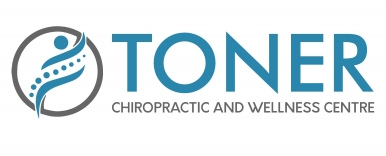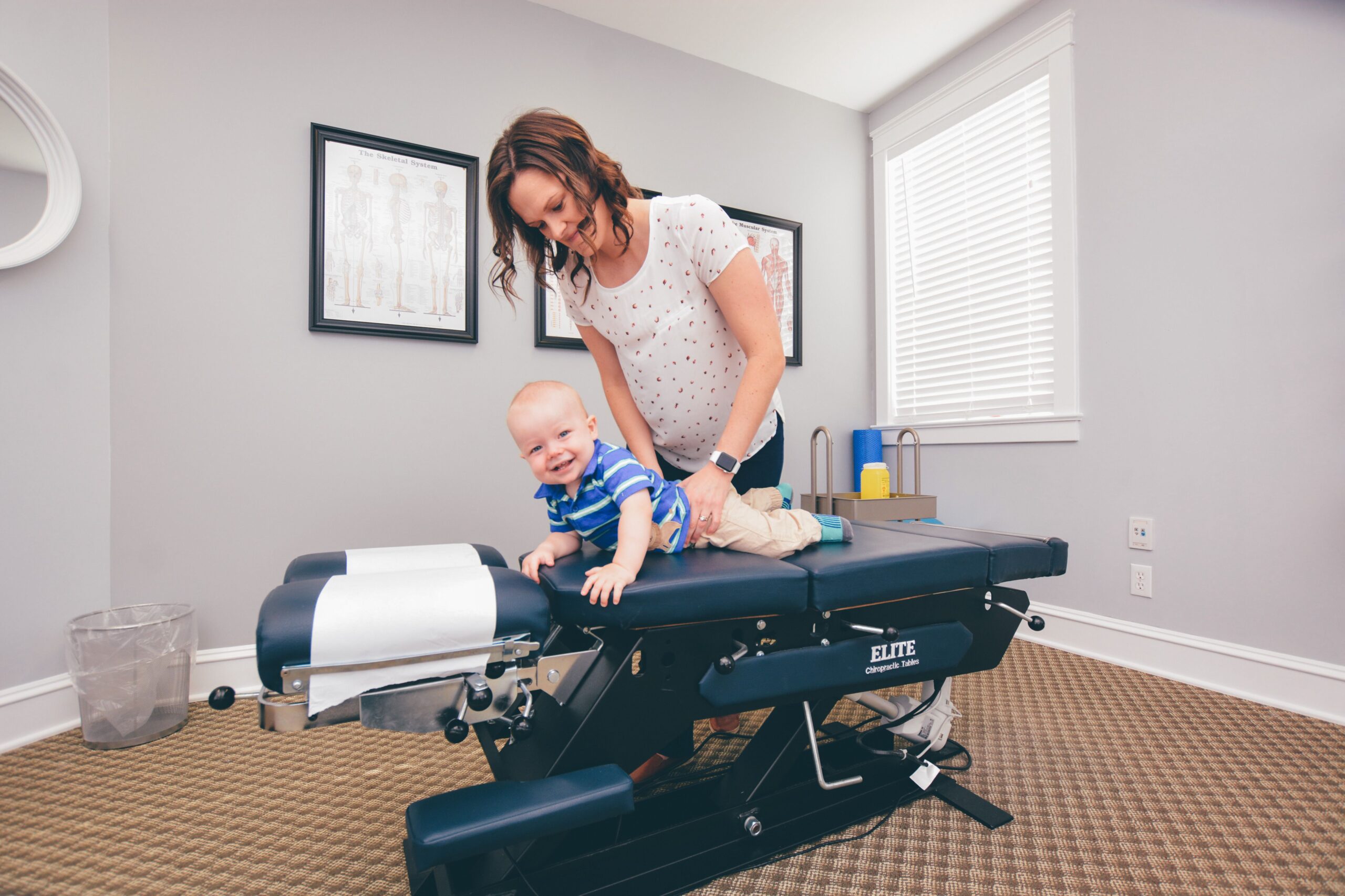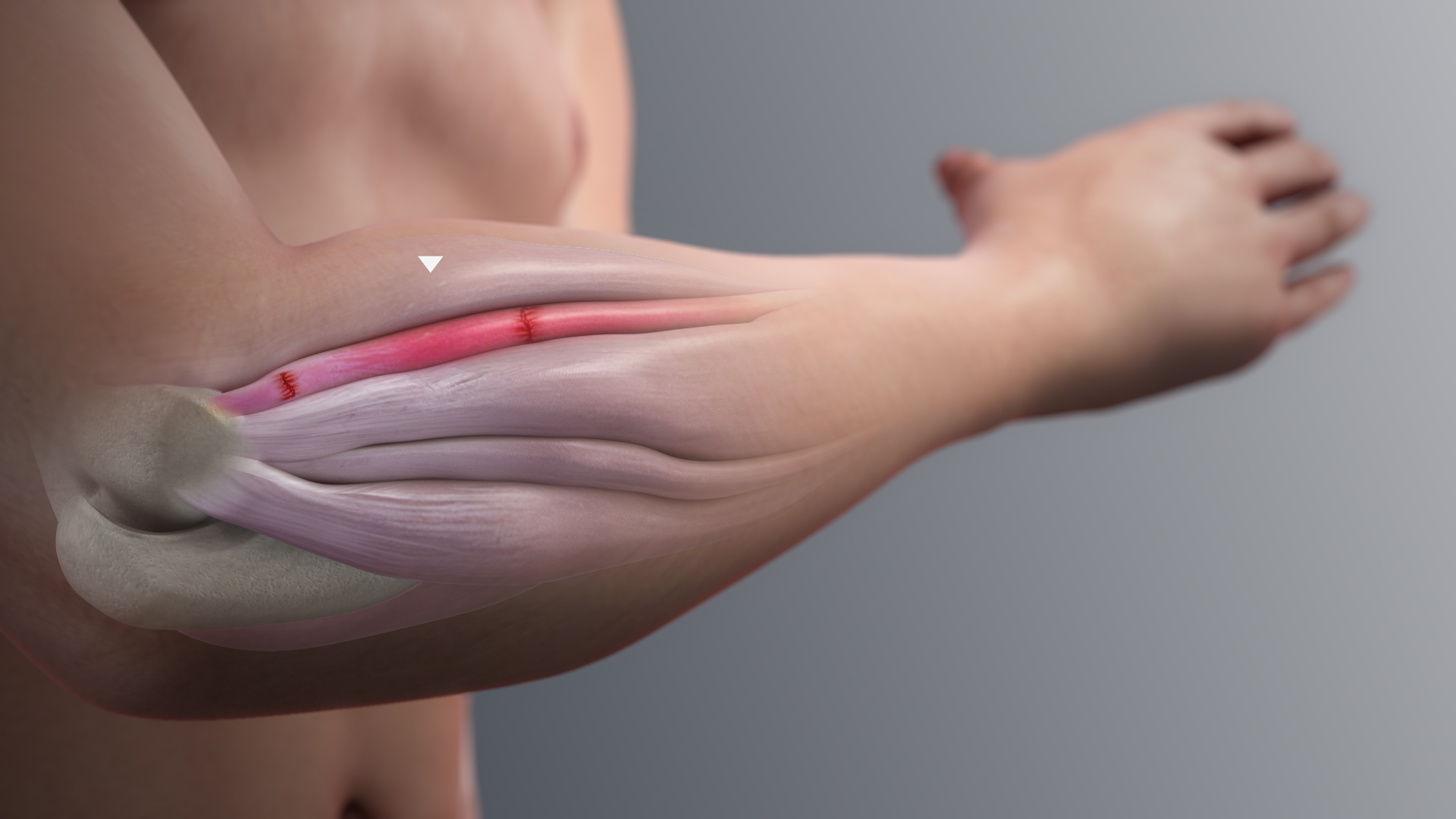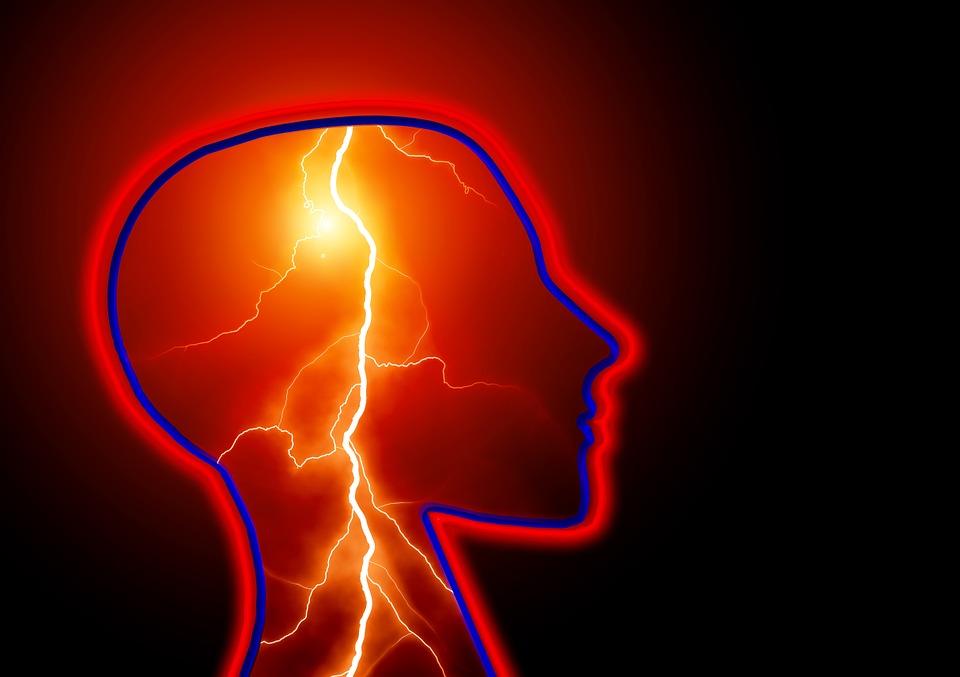It is pretty safe to say that everyone has suffered from at least one headache at some point in their lifetime. I know I have! So often in the clinic, patients present with chronic neck pain and upon asking them if they also suffer from headaches, they are normally shocked by my enquiry and the correlation between the two. “Coming from my neck? Really? HOW?!?” Is normally their response. Although sometimes triggered by environmental, food/dehydration, or other underlying medical factors, headaches are actually often caused or referred from muscles, joints or nerves in the neck.
Cue Chiropractic!! Headaches are by far, my favorite condition to treat in the clinic. Neck adjustments, along with a combination of soft tissue therapy, acupuncture, stretching exercises and simple lifestyle and postural recommendations have been proven time and time again, to be a natural, safe, and effective method in relieving and preventing the reoccurrence of headaches. The four main types of headaches that chiropractors can help manage are found below from the Canadian Chiropractic Association:
Migraine Headache
The cause of migraines is still unknown, but there seems to be a relationship between individual genetics and the environment. Stress, sleep habits, diet (certain foods and additives), hormonal changes and muscular tension in the neck have all also been known to impact the likelihood of migraines (these are sometimes referred to as “triggers”).
Migraines are often very intense and sometimes debilitating. They are normally described by patients as an intense throbbing or pulsing sensation on one of both sides of the head and sometimes accompanied by extreme sensitivity to light and/or sound, nausea or vomiting. An “aura” can sometimes precede the actual migraine and can present as a flash of light, blind spots or tingling.
Cervicogenic Headache
A cervicogenic headache is a headache that stems from the neck and cervical spine structures. Pain can be triggered or worsened by neck movement. Patients usually describe this type of headache as pain on one side of the head and can start at the base of the skull and spread to the forehead.
The roots of the upper 3 cervical spinal nerves located at C1, C2, and C3 share a pain nucleus which routes pain signals to the brain with the trigeminal nerve (the main sensory nerve that carries messages from your face to your brain). Because of the shared nerve tracts, if there is a dysfunction in the upper cervical spine that is affecting the spinal nerves, pain is often misunderstood and thus “felt” by the brain as being located in the head – thus a headache.
Tension Headache
Tension headaches are the most common type of headache among adults (women are nearly twice as likely to suffer from them). While they can be uncomfortable, tension headaches typically do not impact strength, balance, or vision, and should not interfere with activities of daily living.
Tension headaches occur due to tension in the muscles of the neck or face. Factors associated with this type of headache can include stress, anxiety, eyestrain, poor posture, lack of sleep, etc. Patients often describe this type of headache as a constant pain and pressure that feels dull and achy, and although it is most often referred to as a tight band around the head, it can be felt on both sides of the head, forehead, temples and even in the back of the head.
Cluster Headache
Similar to migraines, the cause of cluster headaches is unknown. It has been suggested that cluster headaches may be caused by problems in regulating temperature, blood pressure, hormones or sleep. Other proposed triggers include alcohol, tobacco and drugs.
Cluster headaches can be described as severe, stabbing, penetrating or burning recurring pain that is located on one side of the head (normally felt behind the eye). Cluster headaches have a rapid onset and can frequently present in patterns or “clusters” over a certain period of time (days to weeks at a time). These types of headaches can also cause redness or watering of the eye, stuffy or runny nose, droopy eyelid, facial swelling or flushing and sensitivity to light and noise.
How we can help:
Do you experience headaches? And if so, what type of headache do you think you suffer from? Let Dr. Toner help!
Scientific research has shown that that chiropractic care, including spinal manipulative therapy, soft tissue therapy, and acupuncture, can be an effective treatment for headaches (especially cervicogenic and tension-type headaches). Studies have also demonstrated repeatedly that chiropractic can also decrease the intensity and frequency of migraines.
During an initial visit at the clinic, Dr. Toner will perform a thorough history and physical examination to help determine the actual root cause of your headaches. If they are in fact originating from your neck, chiropractic may become your new best friend! Depending on the findings of the exam, Dr. Toner will then help you better understand why you are experiencing these headaches, and develop a treatment plan that is right for you for both short and long-term gains. Each treatment plan is individualized to your diagnosis, needs and therapy goals. The treatment options may include:
• Education and reassurance
• Cervical manipulation and mobilization (spine adjustments)
• Soft tissue therapy
• Acupuncture
• Rehabilitation and exercises
• Ergonomic and lifestyle changes
• Referral and co-management if necessary
If you have any further questions, please do not hesitate to contact Dr. Toner at the clinic. You don’t have to live with headaches, and don’t let the chronic nature of their occurrence trick you into believing that they are “normal”. Headaches are treatable and preventable!
Book your appointment today!!
Dr. Toner






